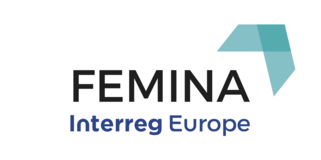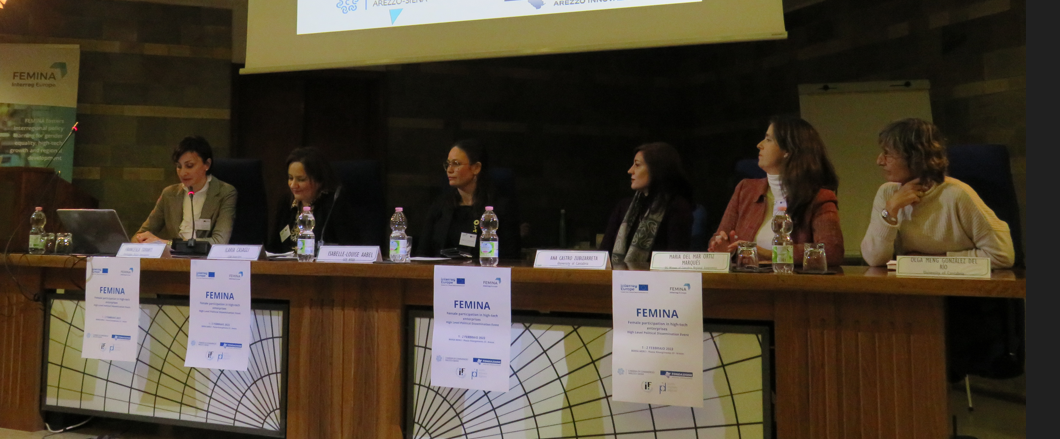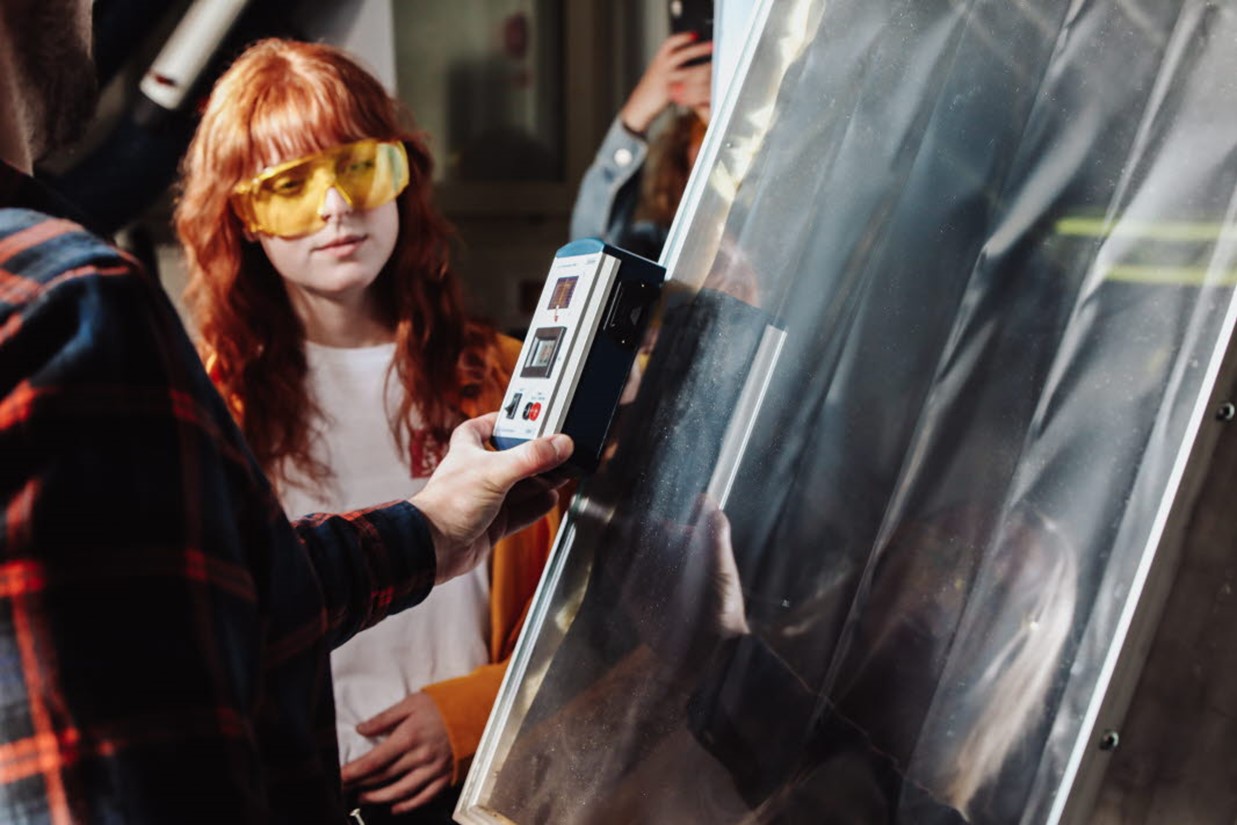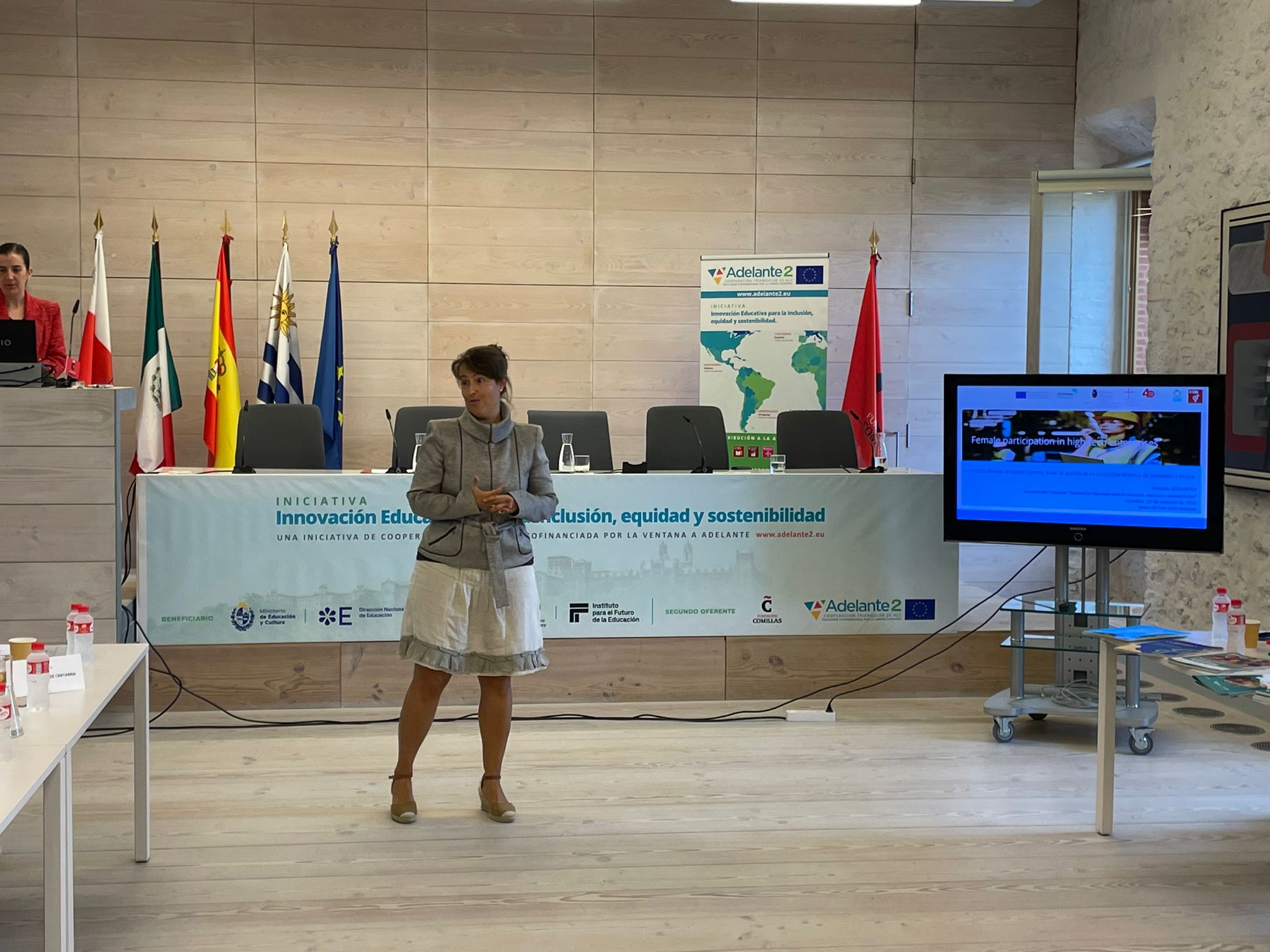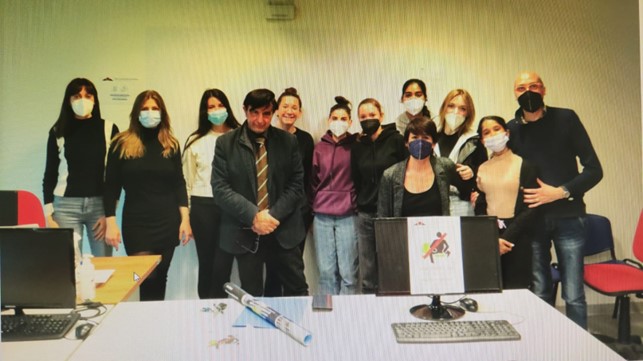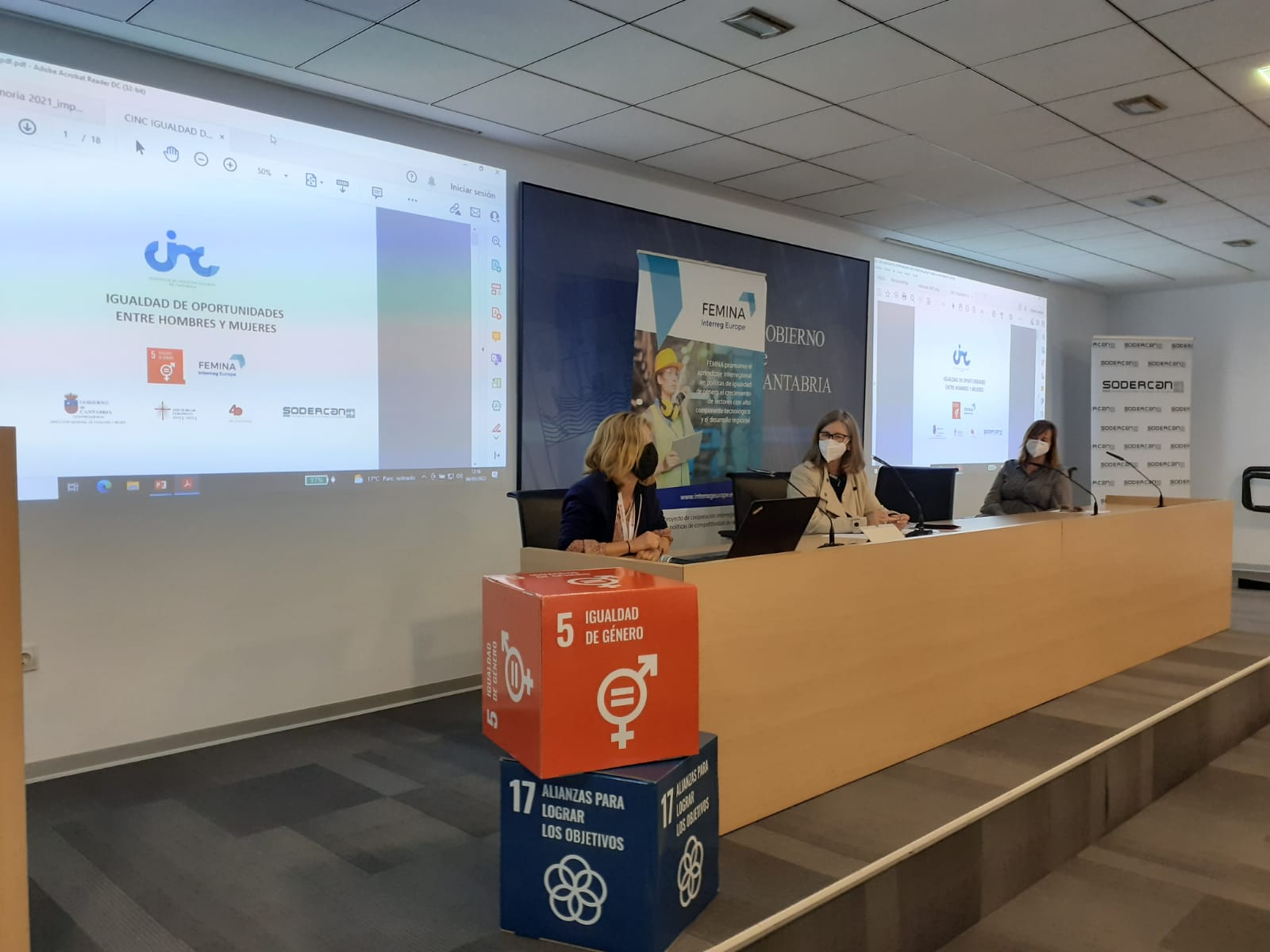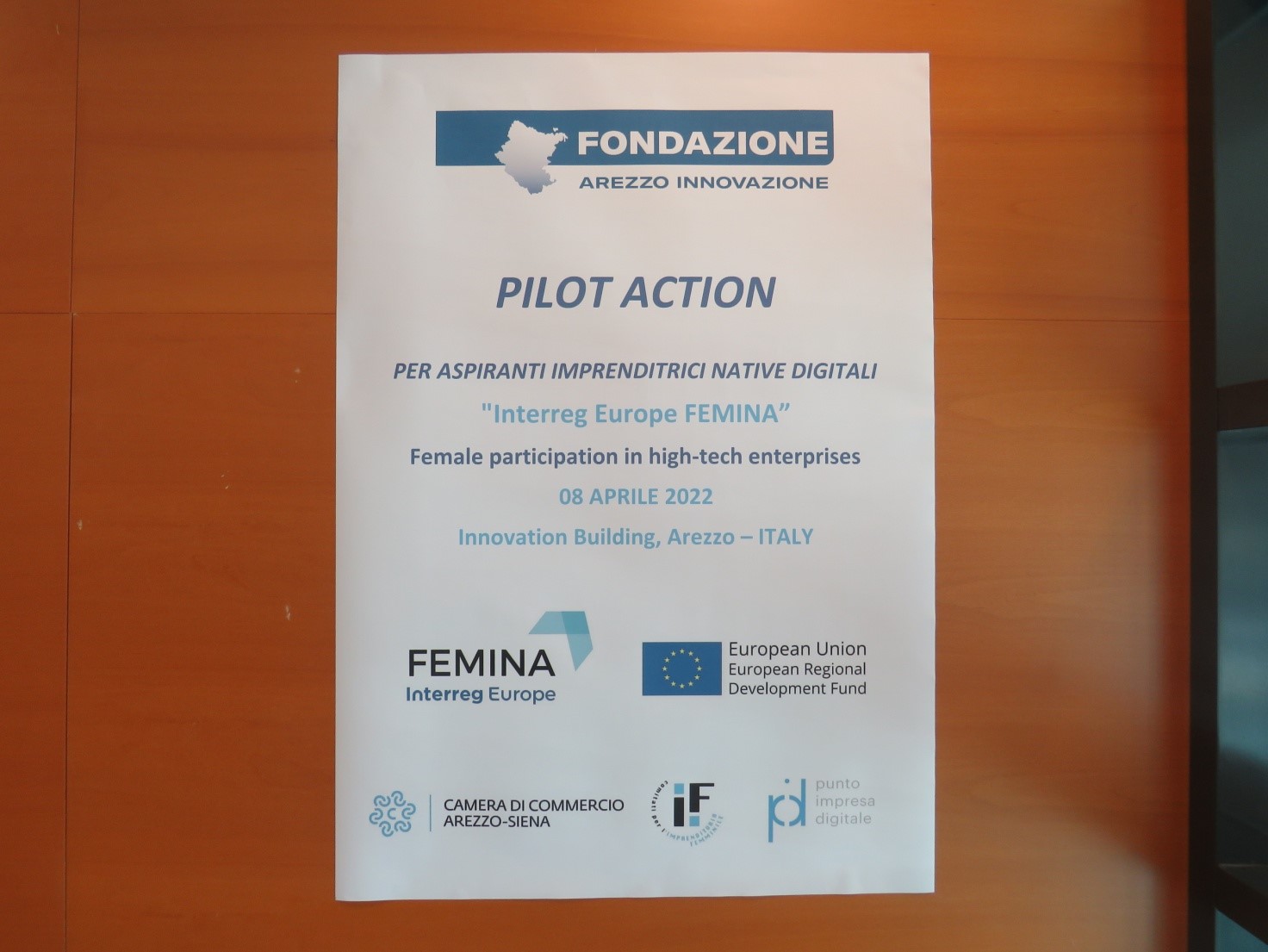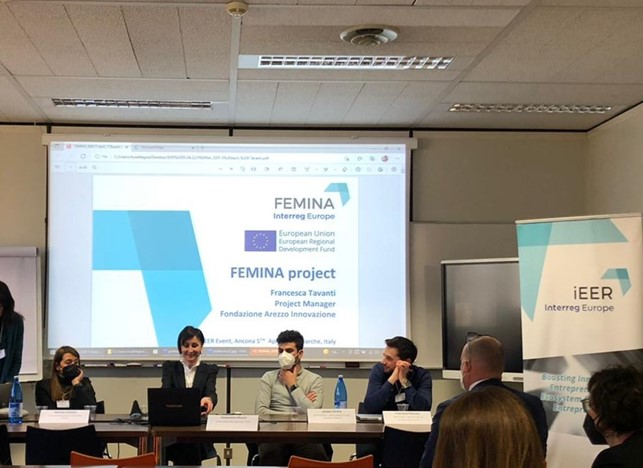FEMINA partners gathered with great interest in learning from each other in terms of how their policy addresses the project theme, stressing that this is also an important opportunity to start collaboration at regional level among different actors and to develop synergetic policies.
Discussing Barriers
The first identified barrier was how culture, traditions, and mindsets play into female entrepreneurship. It was suggested that the FEMINA regions all share a strong tradition where the role of women is closely linked to the household and to childcare. Furthermore, the role of the welfare state was emphasized as it can significantly influence women`s propension to start their own business. The lack of adequate welfare benefits, on the other hand, can be a physical barrier preventing women from doing business or even working. Finally, a lack of female solidarity was highlighted as a possible barrier. Informal networks have been brought forward as a key element in climbing the carrier ladder, however, all regions observe a lack of female business networks. The second topic of low propension to risk and difficulties to access funding was an issue raised by many participants. Although “gendered” funding schemes that privilege men over women was discussed, the participants believe that it goes deeper and that the issue rather relates to a lack of willingness to take risk and to invest resources and time in businesses that might fail, as well as a lack of sufficient level of capital to offer banks or investors as guarantee which could be due to previous part-time work because of family responsibilities. Finally, a lack of awareness of potential role models was discussed. Although female role models do exist, these are not sufficiently promoted. Boosting the promotion of successful role models could, in turn, boost female entrepreneurship. One of the partners, Region Cantabria, is working in this sense, with a program addressing female high school students through events and mentoring programs with female entrepreneurs.
The second topic was female access to employment and career progression in high tech SMEs. Social and educational barriers were discussed as a barrier combining both cultural and societal factors. The main aspect of this barrier is a low share of women among graduates in STEM which is a barrier to access high-tech companies, especially SMEs. In turn, this leads to gender-segregated labor markets where women are more involved in sectors such as social/welfare services, education, and childcare. The participants believe this is linked to national cultural mindsets rather than to sector characteristics. The second identified barrier was working environments where working time and networks were discussed. Due to domestic responsibilities more women than men work part-time positions which affects their career progression, as higher positions and positions with more responsibility are generally full time. Furthermore, as people are more inclined to choose candidates more like themselves, the stereotypical male SME CEO and manager are more likely to choose male candidates. Informal networks and power structures can also be enhancing this as they might not be gender-neutral. Finally, business strategy was discussed as a third potential barrier. During the economic crisis, several weaknesses and unexploited opportunities to grow were discovered in the oil sector in Southern Norway which created awareness on the need to change the then-current labor force. On the contrary, the opposite happened in Greece where traditional barriers grew stronger as enterprises were struggling to survive and more traditional and conservative choices appeared safer and less risky. This is linked to the second aspect discussed in this barrier, which is maternity leave. Finally, the last topic was the gender dimension of innovation. The topic relates closely to gender mainstreaming, a strategy which has been embraced as a strategy towards achieving gender equality. Examples were drawn from the integration of the gender dimension into regional/national funding program for research and innovation, as well as analysis of regional universities` positions and procedures on the gender dimension of innovation.
On the second day, the partners were asked to present their regional context analysis. This showed that the different regions have approached the gender gap in many different ways ranging from solely focusing on non-discrimination to strategic work using indicators and gender-specific laws. Still, there are many similarities between the regions such as sectors and barriers. The insufficient examples of females in high-tech shows that this project is necessary in all partner regions. Furthermore, there is a lack of monitoring systems to understand how gender integration is going and which are the most successful initiatives.
The next FEMINA convention will be held in Fthiotida, Greece 14th to 15th of March 2019.
